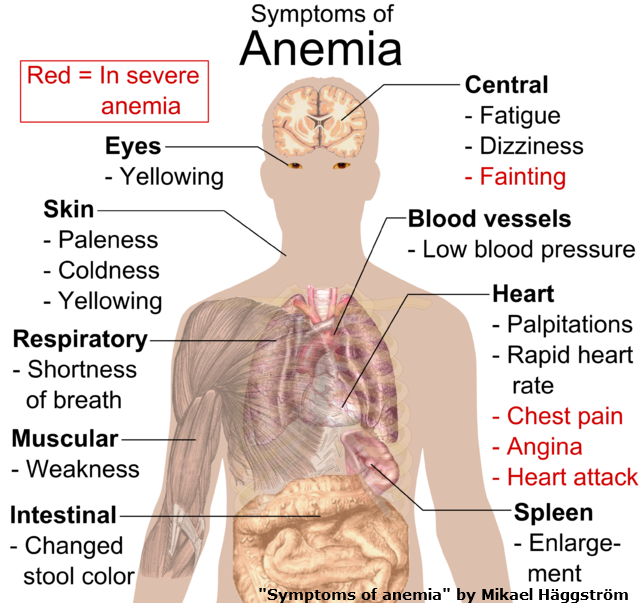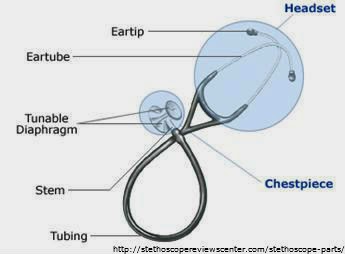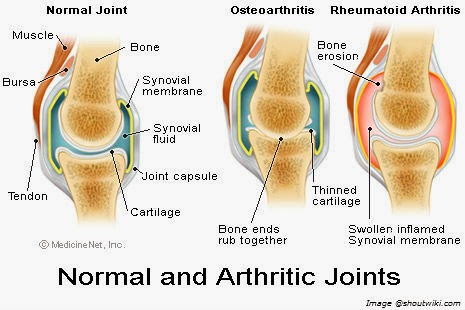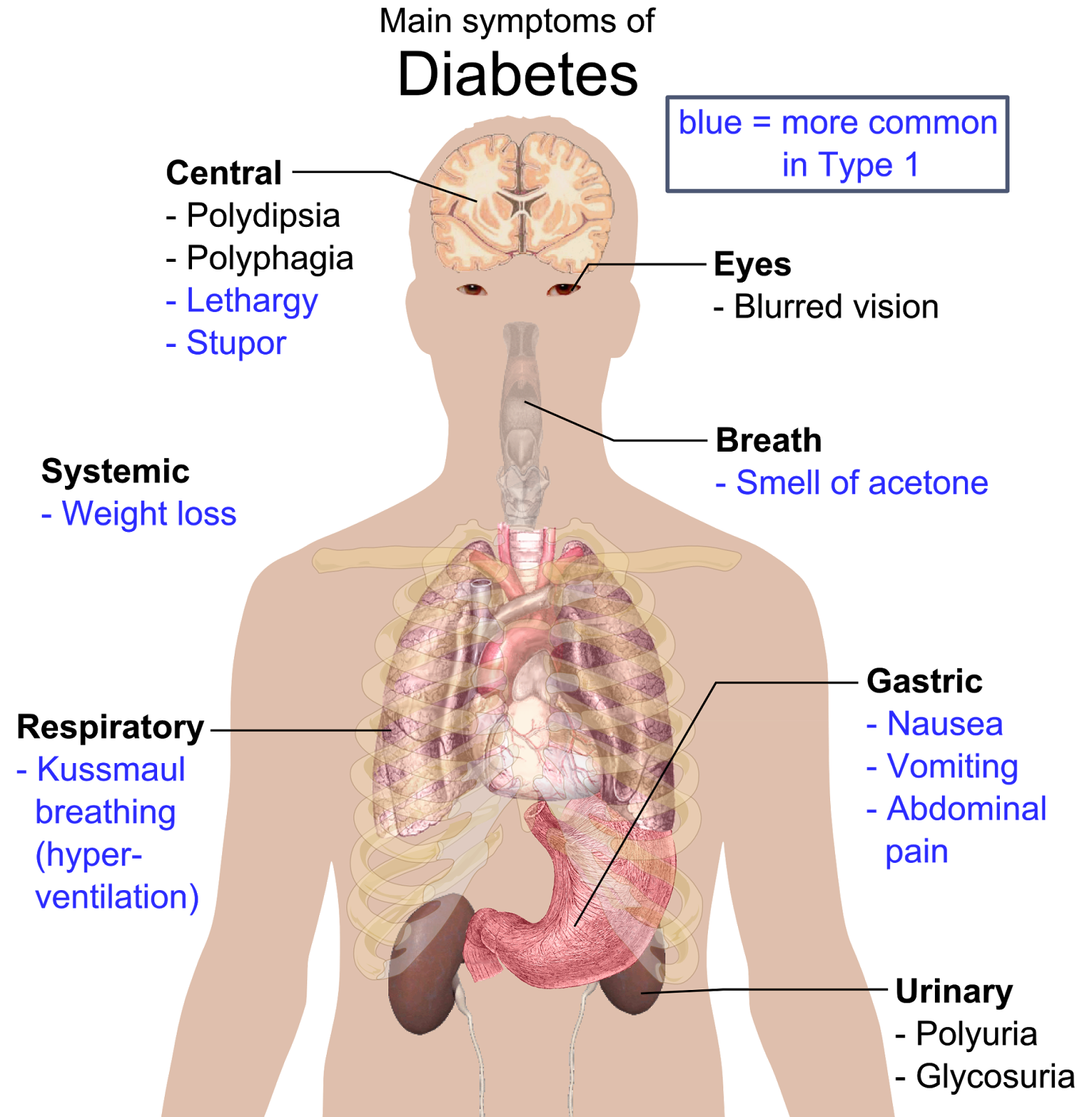ANEMIA:
1.Anemia is usually defined as a decrease in amount of red blood cells (RBCs) or the amount of hemoglobin in the blood.
2.It can also be defined as a lowered ability of the blood to carry oxygen.
3. When anemia comes on slowly the symptoms are often vague and may include: feeling tired, weakness, shortness of breath or a poor ability to exercise.
4.Anemia that comes on quickly often has greater symptoms which may include: confusion, feeling like one is going to pass out, and an increased desire to drink fluids.
source@http://en.wikipedia.org/wiki/Anemia






